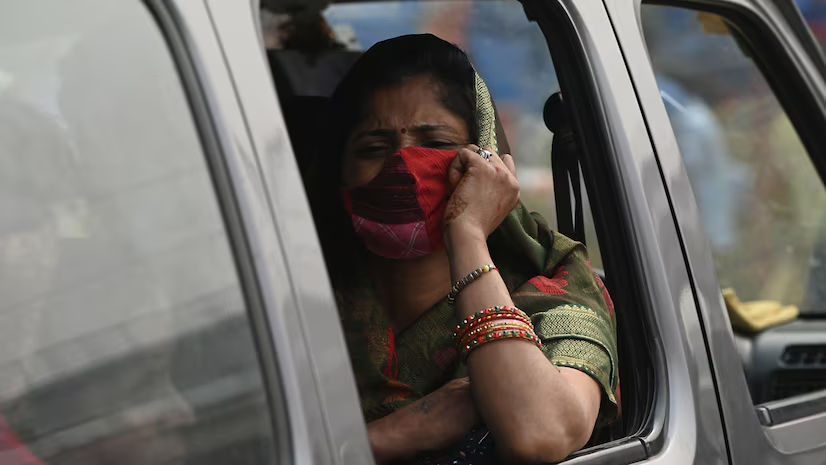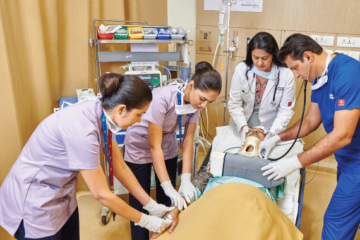Indoor Air Pollution Poses Greater Health Risks Than Outdoor Pollution, Say Experts

Indoor Air Pollution Poses Greater Health Risks Than Outdoor Pollution, Say Experts
Indoor air pollution is a more pressing health threat than outdoor pollution in India, with some cities having cleaner air than nearby villages, according to top experts. At the India Clean Air Summit (ICAS) 2024, Soumya Swaminathan, Principal Advisor at the Ministry of Health and Family Welfare, highlighted that exposure to indoor pollutants can be as harmful as outdoor pollution.
Swaminathan revealed that studies in Delhi show women, who typically spend more time at home, are exposed to high levels of black carbon—similar to auto-rickshaw passengers in the city. This exposure is linked to elevated blood pressure and other health issues. She emphasized that while cities contribute less than 20% to overall emissions, household pollution can account for up to 40%, often making villages more polluted than urban areas.
The discussion underscores the need to broaden India’s National Clean Air Programme (NCAP), which currently focuses on cities with severe air pollution. Swaminathan pointed out that air pollution not only affects health, causing diseases like asthma, lung cancer, and heart issues, but also has significant economic consequences. The World Bank recently estimated that air pollution cost the global economy around USD 8.1 trillion in 2019, equivalent to 6.1% of global GDP.
Addressing the economic impact, Swaminathan argued that investing in clean air solutions can yield substantial returns, benefiting public health, agriculture, and overall economic growth. She noted that air pollution reduces sunlight for crops and deters people from living or visiting polluted areas.
Kalpana Balakrishnan, Director at the WHO Collaborating Center for Occupational and Environmental Health, added that financial barriers are a major obstacle to transitioning to cleaner cooking fuels. She suggested that providing free LPG (liquefied petroleum gas) to households could encourage long-term adoption. Despite the Pradhan Mantri Ujjwala Yojana (PMUY), which has provided LPG cylinders to over 100 million households, government data shows that over 50% of recipients have not refilled their cylinders even once.
Balakrishnan also noted that a significant portion of the global population—around 2.4 billion people, including 500 million in India—still relies on traditional biomass for cooking. The National Family Health Survey (NFHS-5) revealed that 41% of the Indian population continues to use biomass, despite claims of near-total LPG coverage by the Ministry of Petroleum and Natural Gas.
The summit highlights the urgent need for comprehensive strategies to address both indoor and outdoor air pollution and improve public health and economic conditions across the country.
Leave a reply Cancel reply
Most Commented
-
Discover the Thrill of Adventure Trips to Uganda
October 29, 2024
In Business
-
Discover the Thrill of Adventure Trips to Uganda
October 29, 2024












